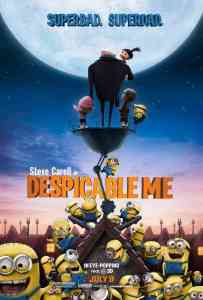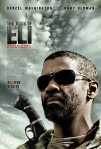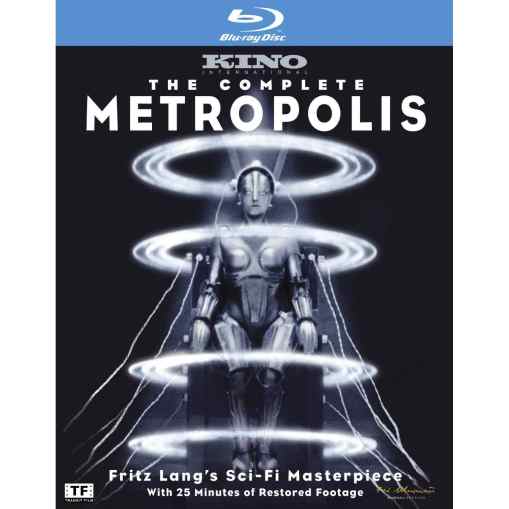On ‘True Grit’: The Old Can Be New Again
I was reading a fascinating blog post by preeminent film scholar David Bordwell today. In it he discusses psychologist Richard Gerrig’s concept of anomalous suspense: the notion that one can often feel fear or dread and even genuine suspense when experiencing something he or she has experienced already; in this case, watching a film. Even though the person has seen the outcome and knows what will happen, that knowledge doesn’t prevent the emotional centers of the brain from producing those feelings over again. Depending on our appreciation of a given film, that film can wield visceral emotional power over us even as we anticipate the actions within it, shot by shot.
Bordwell goes on to discuss what inner workings of our senses contribute to the phenomenon of anomalous suspense, but you can read that stuff yourself. I mention all of this in support of my own argument, one I submit not only to my readers, but to myself, since as Alice would say, “I give myself very good advice, but I very seldom follow it.” It’s a new year, and in 2011, I’m vowing to unlearn what seems to be a cardinal rule of film snobbery: Beware the evil of the remake.
Film critics/snobs seem to feel justified, duty-bound even, to unceremoniously dismiss remakes of classic films as tripe, just cogs in the soulless Hollywood money-making machine. They lump these films in with the sequels and the prequels and the franchise reboots; it’s all uninspired, unoriginal schlock for the lowest common denominator of moviegoers, they say.
Well, I’m proud to say that I didn’t succumb to these haughty impulses. I took in a screening of True Grit, a remake of the classic 1962 John Wayne western. Granted, other film-nerd shortcomings reared their ugly heads, like the tendency to fetishize certain directors (auteurs, that is), because let’s face it, I’m a lemming when it comes to the Coen Bros. Also, my father is a huge John Wayne fan, and I gave him the Charles Portis novel for Christmas, as well as a gift card to his local cineplex, so I sort of bound myself to seeing it at some point.
Anyway, the movie is a richly filmed and well-cast piece, and while it doesn’t push any envelopes (to many critics’ lament), it achieves what seems to have been the Coens’ main objective: to pay filmic homage to a novel they deeply admired, and by rendering it in a modern filmmaking style, to lend the story and its characters renewed caché with today’s audiences. Immediately afterward, I found myself aching to revisit the original film, and to read the book as well, and even though I knew from the first frame that Tom Cheney and Ned Pepper’s fates were sealed, I reveled in the unraveling of it all. Now you can accuse me of misplacing media theory to your heart’s content, but I believe in the power of anomalous suspense, and that is why I recommend this film.
Here is where I address the dissenting views of this film from the aforementioned critics/snobs (and here’s where I begin sounding like an apologist, but like I said, I’m a lemming). To dismiss this film as ‘mainstream’ for the Coens fails to recognize that the qualities they admire in the novel fall perfectly in step with the touchstones of their oeuvre:
1) A spitfire, indomitable female protagonist. Hailee Steinfeld is to the Coens’ True Grit what Holly Hunter was to Raising Arizona, and what Frances McDormand was to Fargo. Their characters all took resolute action in bitter circumstances, and they all faced challenges, often caused by their obstinance, that tested their fortitude.
2) Dialogue imbued with a rich sense of time and place. Be it the smirk-inducing verbal tics of the Minnesotans in Fargo, or the bygone slang and dialects of the Depression-era wiseguys and yokels in Miller’s Crossing and O Brother, Where Art Thou? (respectively), the Coens’ films display lingual subtleties such that a blind and deaf person reading the script in Braille could determine the film’s setting within a few sentences. In choosing to take much of the film’s dialogue directly from the novel, it seems the Coens found these qualities to be inherent in the work.
In short, you can’t judge a book by its cover, by its movie, by its movie’s remake, or by the standards of its remake’s makers (though I have tried). Judge it as a film made with love, admiration, and respect for its source content. And try not to cover your eyes, even though you know what’s coming.













